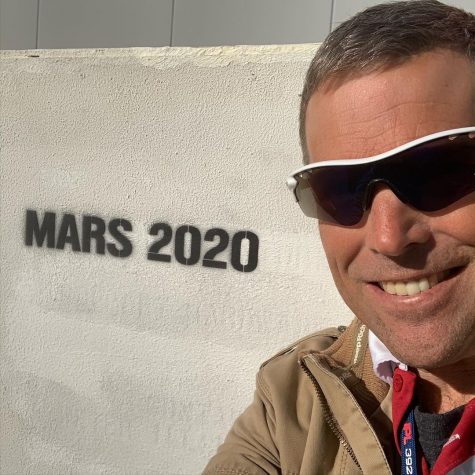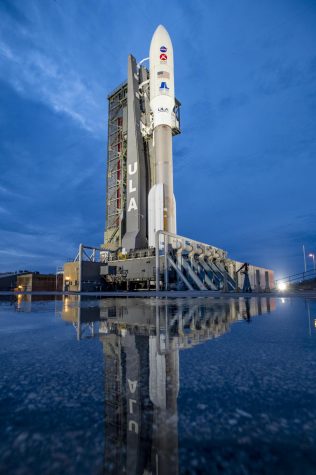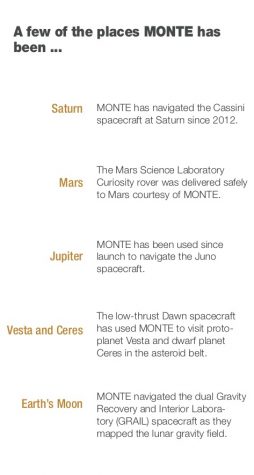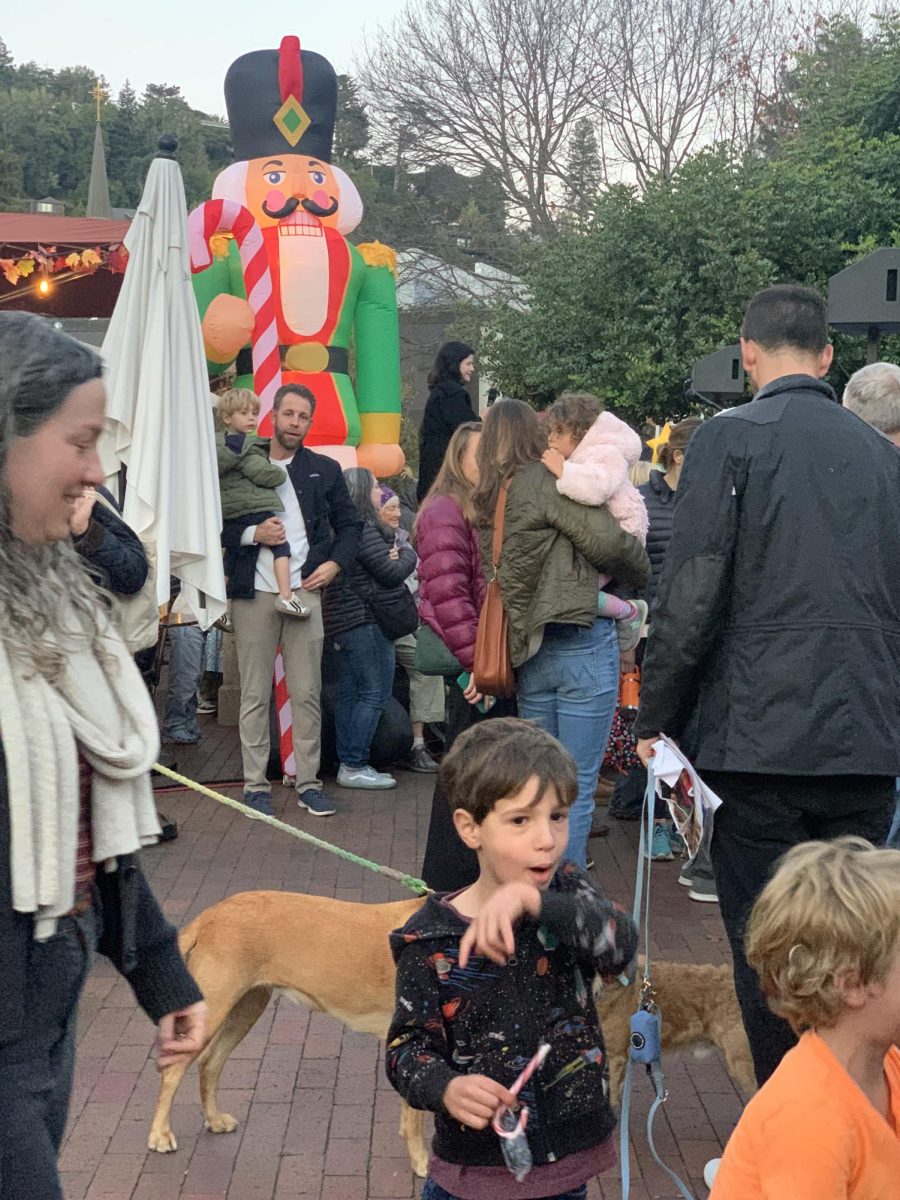Scott Evans blasts off to success working for NASA’s Jet Propulsion Laboratory
December 11, 2020
The year is 1979. The Bee Gees are blasting through the radio, and 11-year-old Scott Evans pores over a

National Geographic edition about the most recent Voyager flyby of Jupiter. Little did Scott know that his childhood passion for space would take him to the forefront of making astronomical discoveries by helping program and navigate some of the National Aeronautics and Space Administration’s (NASA) most important spacecrafts. Taking part in space exploration has been Scott’s dream ever since his science class at Hall Middle
School had the chance to use a telescope and watch the sun up close. Scott, who graduated from Redwood in 1986, has gone on to accomplish his goal, as he is now an employee at NASA’s Jet Propulsion Laboratory (JPL) in California, navigating probes and rockets as they travel through deep space.
“It’s an absolute privilege [to work at JPL]. I think of JPL as kind of the Mount Olympus for geeks,” Scott said. “It is the place that if you’re in the space exploration business, you want to be, and it’s everything that you think it would be. Some of the finest people and finest minds walking the earth are here, all with the same goal.”

Scott’s brother, Tim Evans, believes that Scott has been destined to work in space exploration since he was born. Tim specifically remembers a time when they would visit their family house in Lake Almanor and sleep out on the deck to watch the stars.
“Even at 8 or 9 years old, Scott was pointing things out, pointing out stars and constellations and telling stories. I was pretty much in awe, and the sky was spectacular enough, but to hear the stories about it and to hear his depth of knowledge even at that age was pretty inspiring and super interesting,” Tim said.
Elise Rubio, a Redwood astronomy and physics of the universe teacher, finds it inspiring that Scott was able to take something he was interested in from a young age and shape his career and life around it. Rubio thinks his story shows that regardless of your backgrounds or interests, you can always find a place in the field of space exploration.
“Regardless of your talents or interests, or regardless of whether you wanted to be an astronaut from the age of four, once you figure out who you are and what you’re good at, you have a place in a space program, and that’s what I like about [Scott’s] story,” Rubio said.
Scott’s job mainly consists of interpreting navigational data, which he then uses to make directional adjustments by calculating the amount of force, including gravity and radiation from the sun, on the spacecraft. Currently, Scott is in charge of the navigation software MONTE, a program that helps control and design orbits, trajectory and flight paths for spacecrafts and was used to land the Curiosity rover on Mars in 2012. Scott’s current goals are to land another rover, Perseverance, on Mars in February and  explore some of Jupiter’s icy moons.
explore some of Jupiter’s icy moons.
Scott, whose job relies heavily on computers, learned how to use a computer his freshman year of high school through a device similar to a typewriter called a word processor. He attributes the majority of his skills, including basic computer use and programming, to his Redwood education.
“As it turns out, a lot of the math that I use on a day-to-day basis, I learned at Redwood. It’s like, ‘Wow, I learned how to fly spacecraft in high school,’” Scott said. “By the time I was a senior, [the school] had a couple of computers, and we even did a little bit of programming on them.”
Now, almost 50 years later, Scott is still inspired to learn more about space, including the Voyager spacecraft which launched his interest in the subject, and enjoys working with coworkers who share similar goals and interests.
“There’s a model of the Voyager spacecraft inside our auditorium [at JPL], and that is why I got into this business: the Voyager spacecraft and those pictures in my National Geographic magazine,” Scott said. “The Voyager is still sending data back, and we’re still tracking it. It’s now in interstellar space and so for the first time human beings aren’t just touching other planets in our solar system, we’re touching the stars and wandering the galaxy. That’s an incredible thing: that human beings, from Larkspur, California, can be a part of this too.”







